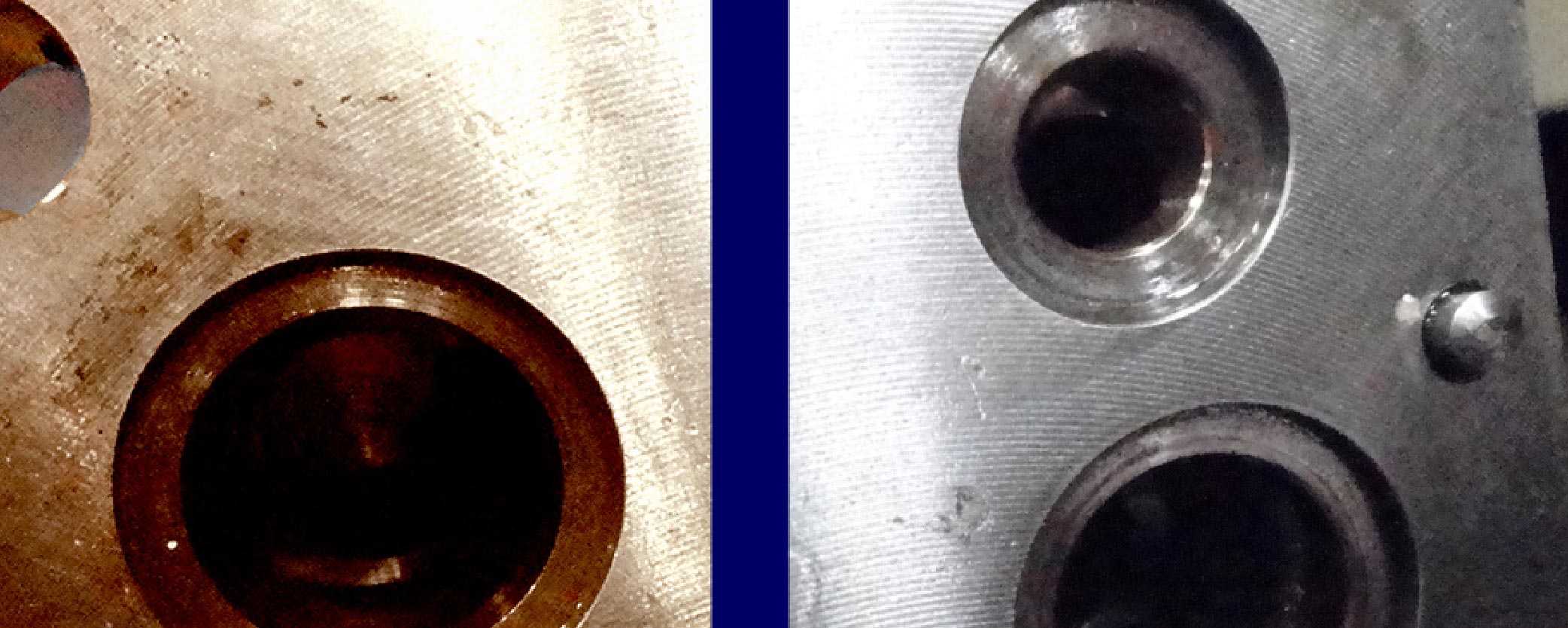How much do you know about oil varnish? If your answer is “not much,” then now is the time to learn more so that you can prevent a leading cause of damage and wear to the hydraulic and lubricating systems of your equipment.
So, what is oil varnish? Simply put, oil varnish is the sticky coating of byproducts that form when oil begins to deteriorate due to friction and high heat. As oils and lubricants deteriorate, the process of oxidation creates the chemical byproducts from the breakdown of the oil plus contaminants. Once the sticky coating forms, it lodges on equipment and forms an abrasive surface on components.
This abrasive, sticky coating is often found on valves, filters, piping, and metal strainers – which can lead to reduced efficiency and failure of the very systems that are supposed to protect the lifespan of equipment.
How? Oil varnish can reduce filter efficiency, and/or lead to filter plugging, depending on how advanced the problem has become. Moreover, the problem is progressive. Once oil varnish has started to form, the sticky coating attracts dirt and other abrasive contaminants, trapping them in the system, clogging the lines, and creating problems in systems designed to clear the interior of the equipment.
If left unchecked, oil varnish can also coat heat exchanges and cause thermal inefficiencies. Hydraulic control systems and valves are extra vulnerable because the sticky coating can cause them to ‘gum up’ and seize/stop.
So, how do you know if your system is susceptible? Here’s the short list of risk factors for the high probability your equipment will experience oil varnish, without maintenance and support.
– Use of equipment with turbines, gas compressors, and hydraulic systems
– High operating temperatures
– Use of blended oils
– Any time your equipment sends a high flow rate of oil through a small oil reservoir
But, perhaps even worse than not knowing, we often find that some maintenance staff do know about varnish buildup, but don’t consider it a pressing enough problem or a high priority issue. That approach doesn’t take into consideration the long-term damage done to equipment due to neglect.
Due to the high risk, we recommend that you check for oil varnish as part of your routine maintenance schedule. It’s important to prevent the issue, because once oil varnish forms it accelerates exponentially.
Prevention is the best solution
Finally, we recommend that you prevent oil varnish from building up in the first place. How? We’ll answer that question in future blogs here on our website.
In the meantime, we invite you to give us a call if you have any questions about varnish or any other maintenance topic for your fleet, equipment, or machinery. We offer commercial fuel delivery services, fleet fueling solutions and lubricants in Bakersfield, Fresno, San Luis Obispo, Santa Clarita and Ventura, California. We look forward to working with you to maintain your business and your valuable investments!
